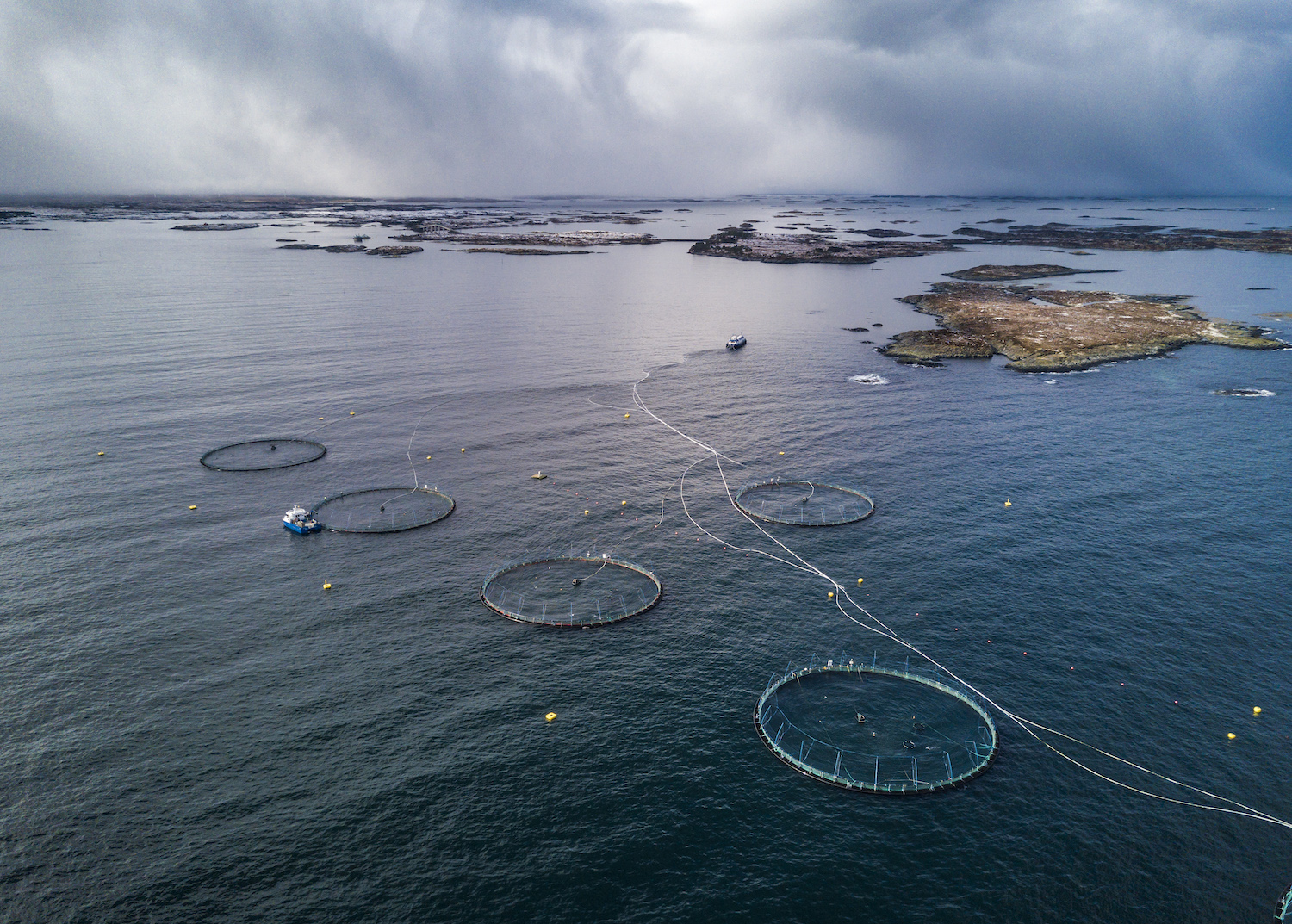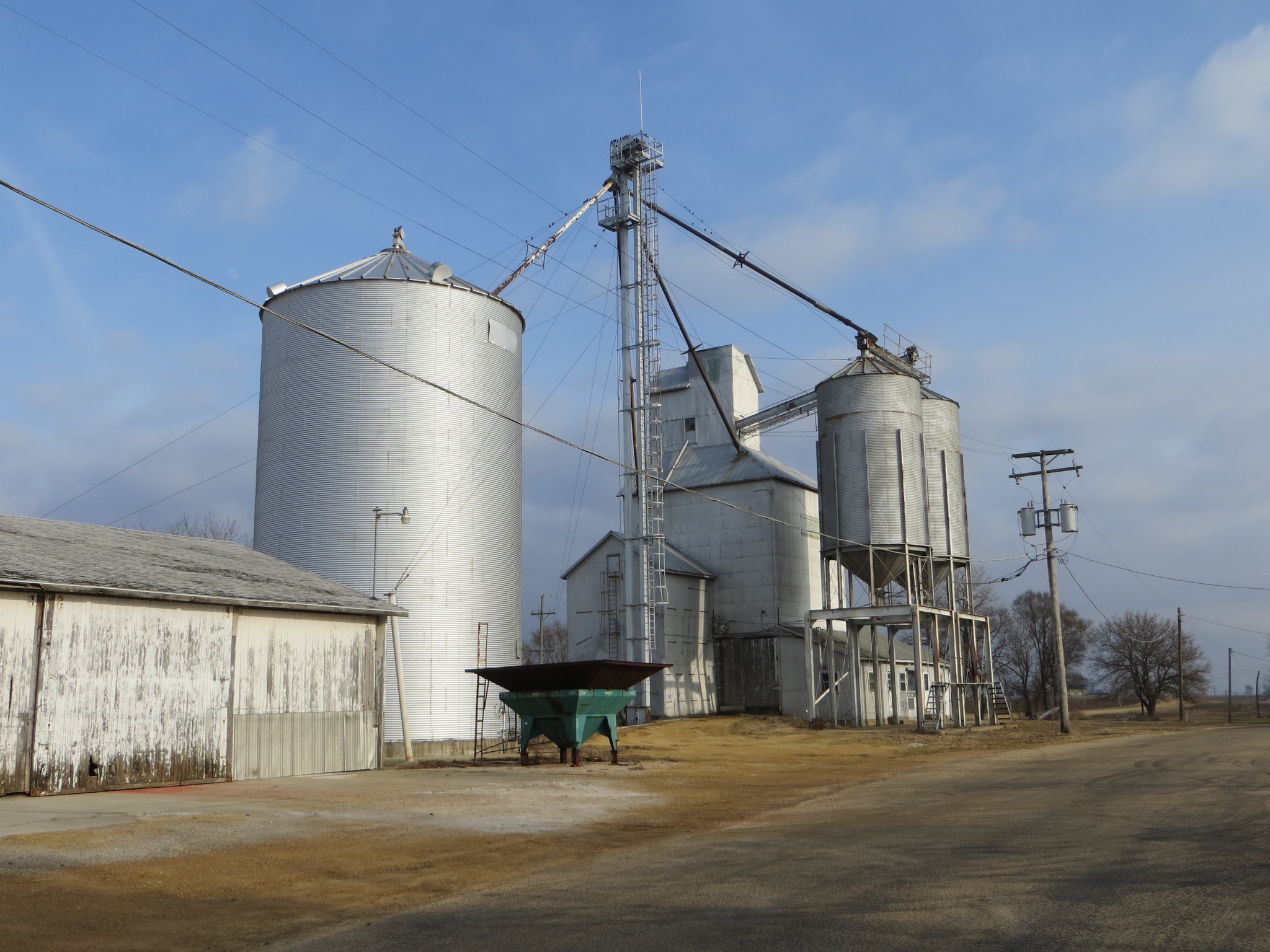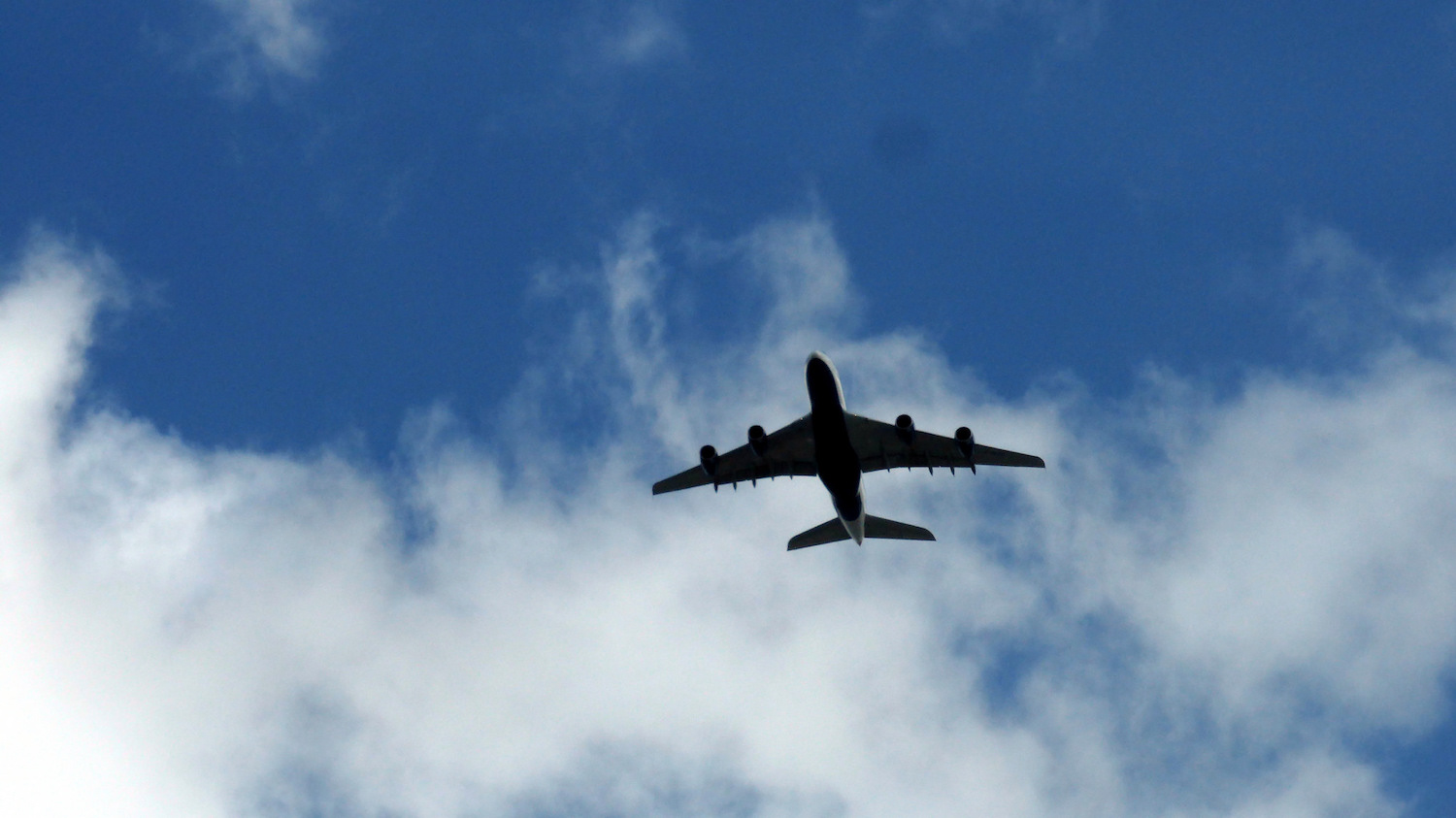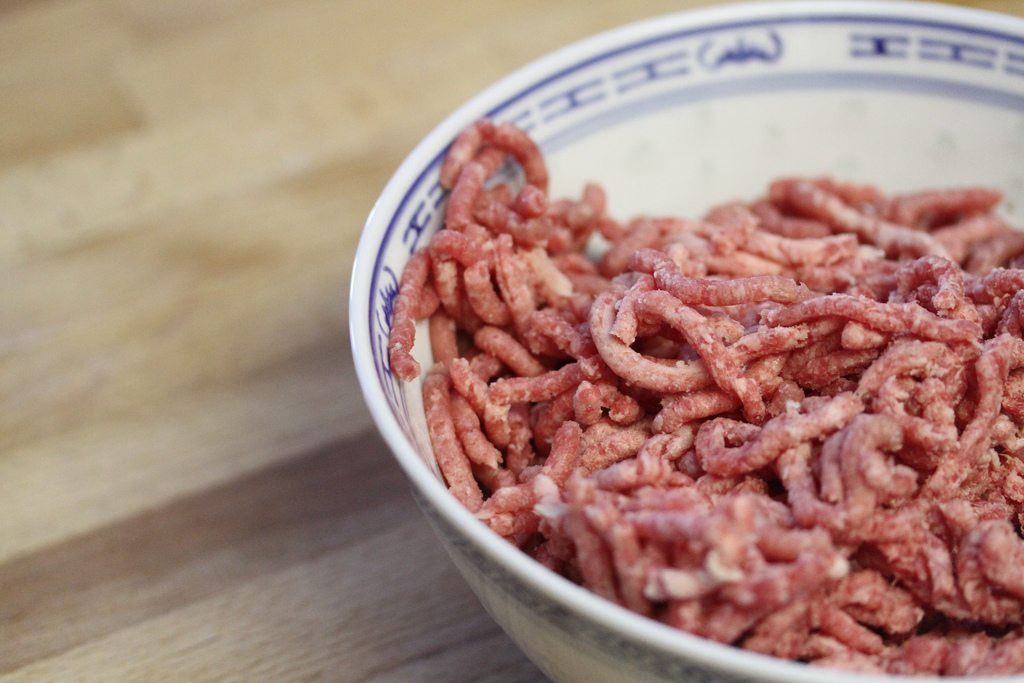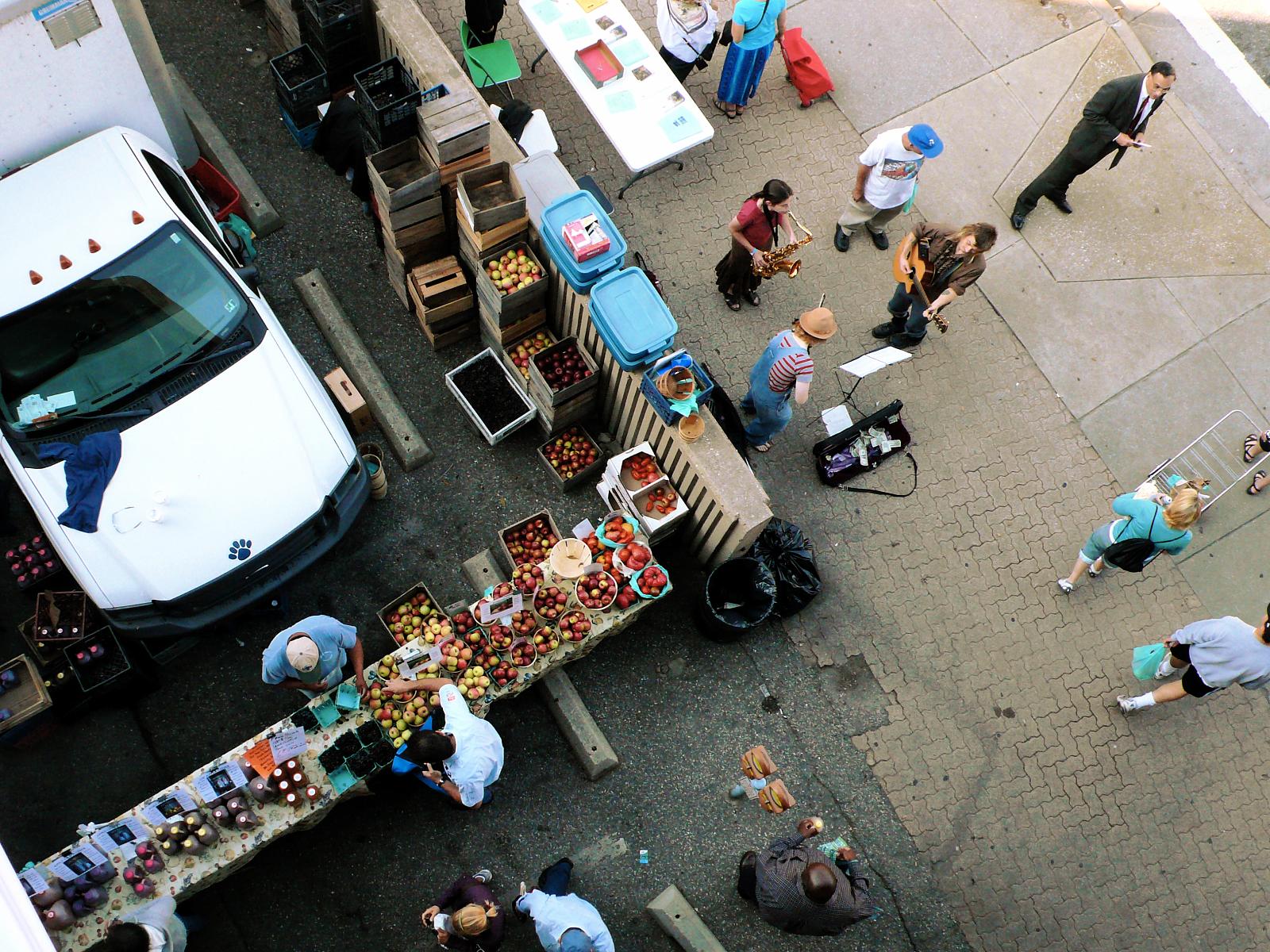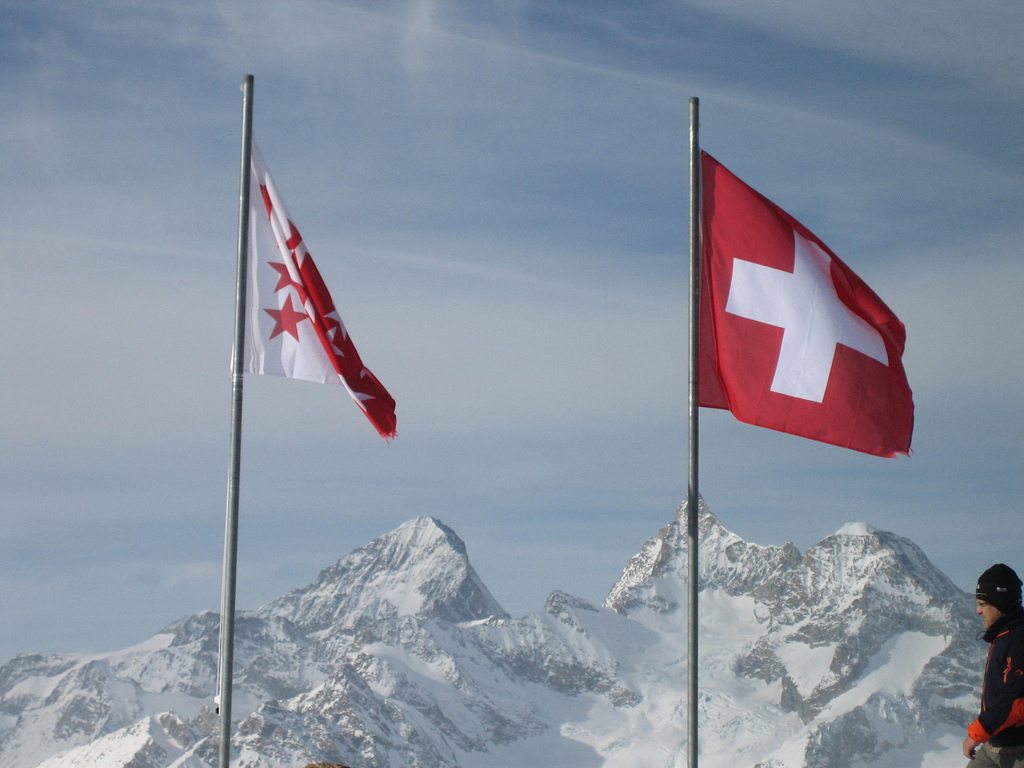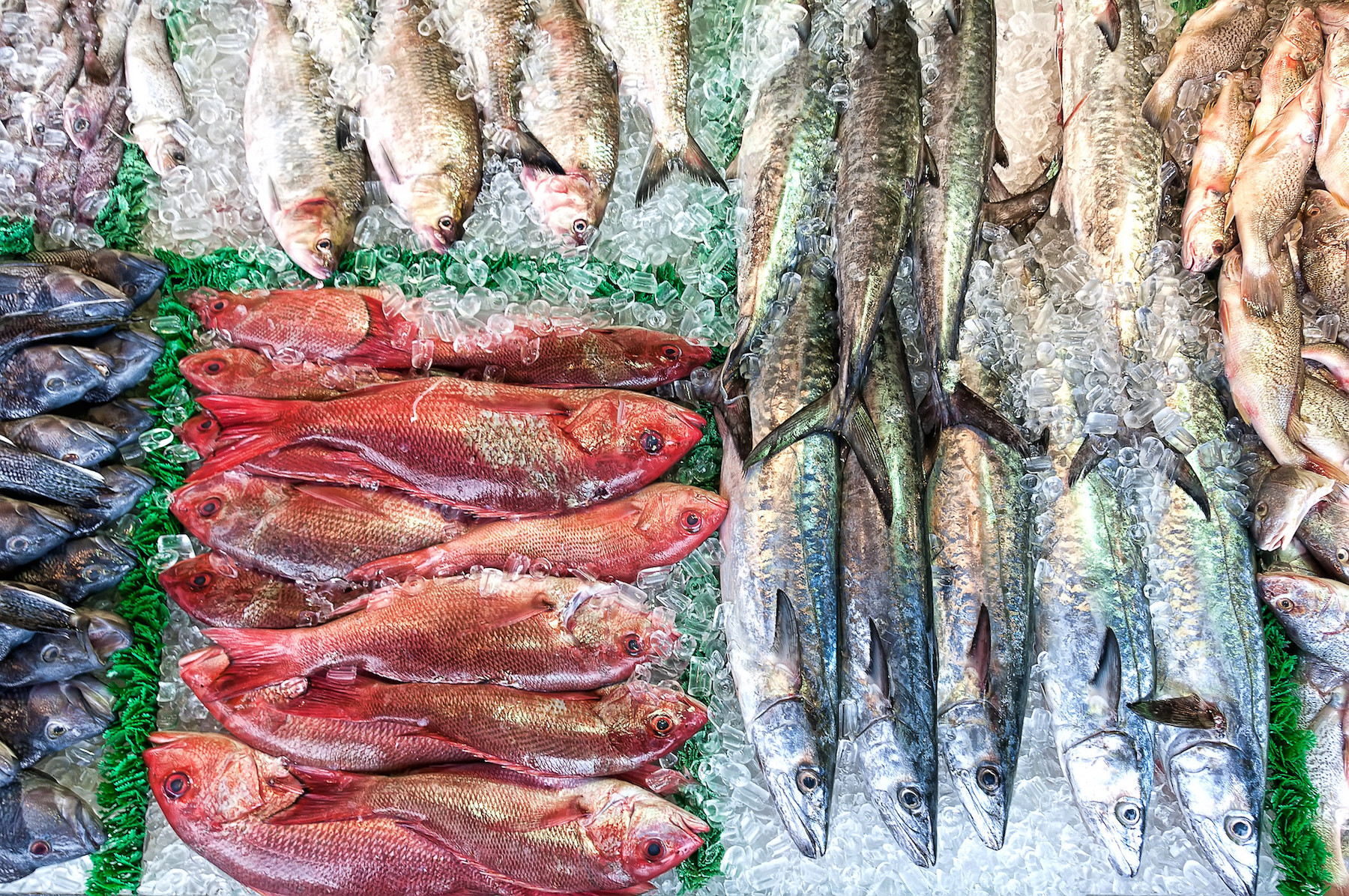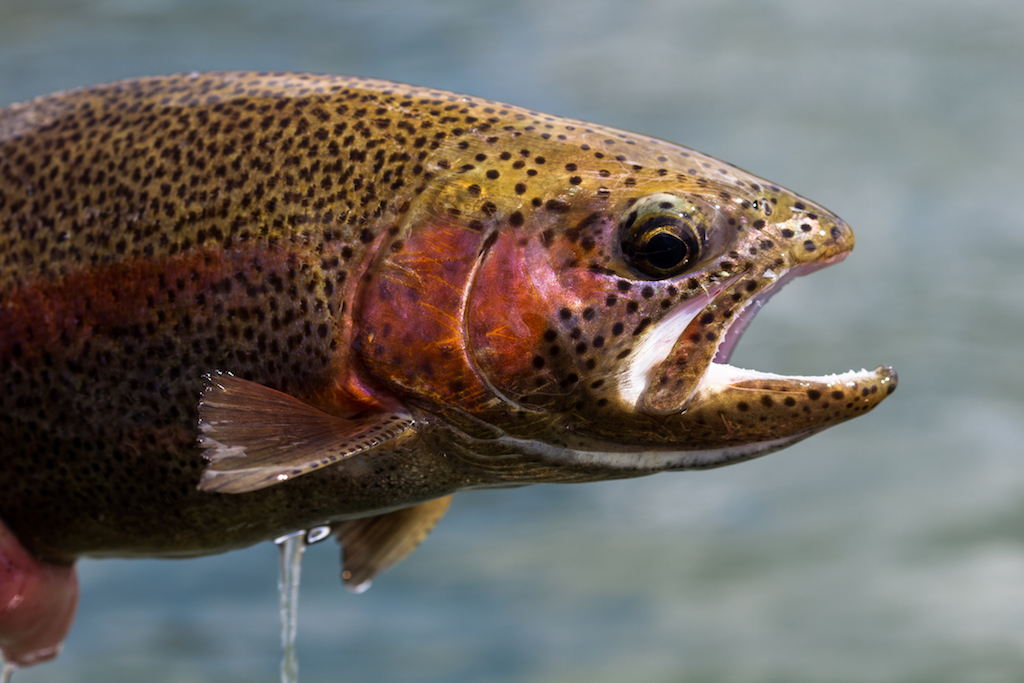
iStock / Kevin Cass
At first, John Delp didn’t think twice about putting local, wild steelhead trout on the menu. It seemed like an ideal fish to serve at Mossback, the meticulously sourced farm-to-table restaurant he co-founded in Kingston, Washington, a former lumber town of about 2,000 people on the Kitsap Peninsula. The fish was harvested by a small tribal fishing operation on the Olympic Peninsula and carried by a trusted local distributor, a partner so scrupulous that he dined covertly at Mossback before agreeing to do business with the restaurant, just to make sure everything was legit.
Steelhead wasn’t just fresh, delicious, and as local as it gets—its sale would also support the tribal communities that make up one percent of western Washington’s population, maintaining a cultural and economic presence that feels much larger. Kitsap is the ancestral land of the Suquamish People. Seattle, down across the Puget Sound from Kingston, is named for a Suquamish chief, and the Tribe operates two of the peninsula’s scattered reservations. Port Madison Enterprises, the economic development agency of the Suquamish Tribe, is the second largest private employer in Kitsap County. Delp, his wife Christy Penney, and their partner Pam Buitenveld founded Mossback to be a restaurant that’s truly integrated with Kitsap’s environment and community, and that means working with the tribes.
“I’ve watched run after run of these fish go extinct from people that are above the law, just doing ‘what’s not illegal’,” read one. “As a restaurant of your caliber, I don’t feel like you should be supporting this. To me, carrying that fish, does not fit the mission statement I thought you’d possessed.”
The backlash took the restaurant by surprise. Delp trusted his distributor’s judgment, but someone had obviously missed something.
“My initial reaction was to get really worried for a minute, because we put so much energy into ethical sourcing and sustainability—that’s kind of our deal,” he says. “So I sent an email to [the distributor], just saying, ‘hey, I have these customers who are raising concerns, can you tell me what I should say to them?’ And that’s when [he] wrote back, very tersely, ‘This is a legal fish. Period.’ And that was it.”
 Doug Bierend
Doug Bierend Mossback co-founders John Delp, far left, and Pam Buitenveld, far right, stand in the kitchen with staff. The restaurant found itself at the center of a simmering dispute between recreational fishing on one side, and treaty tribe commercial fishing on the other
The critical response was alarming. Standards of locality and sustainability are taken very seriously at Mossback, which is named after local slang for someone entrenched in routine or old-fashioned ways. Everything is made from scratch, almost entirely from sustainably grown ingredients procured no more than an hour’s drive away, and the restaurant withstands serious logistical challenges and low margins to make each item on its constantly evolving menu available to as many eaters as possible. Mossback offers its suppliers a 25-percent discount on meals, in an effort to create as inclusive an environment as possible. Not every farmer has the time or means to eat at the locavore eateries they sell to, but Delp reports seeing as many as three farms represented in the dining room at once. “That gives me the warm fuzzies,” he says.
So for Mossback’s owners to not know where—or even if —they made a bad call was worrying. Even more confounding was the way people seemed keen on avoiding the issue.
“I tried to corner a couple people who I assumed would know a lot more about this than I do, and they also said basically, yeah, that’s a tricky subject, and I don’t even want to offer an opinion on it,” Delp says.
Communities of all kinds are built on trust and accountability, qualities that are especially important for restaurants carrying the flag of local food. But the steelhead would become a reminder: Farm-to-table isn’t just about reducing distances, deepening bonds between stakeholders, or developing sustainable, resilient, replicable models of food production. Selling food with deep local roots also means dealing with the social realities of the place where you’re planted—especially in western Washington, where food, culture, and history sharply intersect. That sometimes means courting controversy, which is what landed on Mossback’s menu in the form of a fish.
 National Oceanic and Atmospheric Administration
National Oceanic and Atmospheric Administration Photographed here are a male and female steelhead trout, which are commonly found in western Washington’s network of coastal waterways
What’s the matter with steelhead?
It starts with Oncorhynchus mykiss—Washington’s state fish, an embodiment of its rich fishing culture, and the center of ongoing debate and controversy. The anadromous variety (meaning it migrates up rivers from the sea) migrates up freshwater tributaries and rivers only once each year to spawn, leading to a disagreement over whether to officially consider the fish rainbow trout or salmon. These are “steelhead,” and they’re commonly found in western Washington’s network of coastal waterways, the Salish Sea, connected to the Pacific by the Strait of Juan de Fuca. Steelhead from the Hoh River—the origin of Mossback’s fish—are especially evocative of the pure, untrammeled environments that stir the hearts of anglers. Steelhead in general are also fundamental to tribal traditions and culture stretching back millennia.
“From the tribes’ perspective, steelhead are salmon,” says Scott Schuyler, natural resources director for the Upper Skagit Indian Tribe at the Northwest Indian Fisheries Commission, which works with 20 tribes in western Washington. “I like to can a portion of my catch every year, just to share with family friends, and deal with our religious practices such as naming or community events. And then if we have an abundance of salmon I have plenty to sell, too. But my cultural needs come first, I have to make sure I have the salmon to put away for my kids.”
“It’s a sticky wicket,” says Tony Cadden, CEO of Tatoosh Fisheries in Edmonds. “The Natives have a right to fish their rivers—on the West Coast there are big steelhead fisheries, and it’s an important part of their economy. And then you have the whole sports faction, who wants all those steelhead to be caught on hook and line, so they have great resentment towards the Natives fishing them. They’re a legal fish, but a lot of people don’t feel that way, and don’t want to support it. They tell people they won’t support your restaurant if you sell it. They take it all the way.”
Anglers’ concerns center on the sustainability of harvesting steelhead given their precipitous decline in the region over recent decades—some 80 percent since the 1980s. It’s part of a sense of stewardship this community feels over the waterways of the Olympic Peninsula, the preservation of a worldview and way of life captured in books like David James Duncan’s 1983 novel The River Why.
Washington steelhead are designated as a fish of concern by the National Oceanic and Atmospheric Administration (NOAA), and have threatened status on the federal list of endangered species, depending on where they’re caught. Following sustained pressure from sports fishing and conservation groups, the state finally outlawed recreational fishing of wild steelhead in 2015; prior, the standing maximum quota was one fish. But this ban does not extend to the tribes, who continue to catch steelhead, often with gillnets strung across the river.
The tribes are sovereign nations and co-manage fish populations with the state. They maintain their own monitoring staffs, and their own perspective as to what constitutes a sustainable fishery policy. Because the Stevens Treaties of the 1850s ensured the tribes access to their usual and accustomed fishing areas, tribes also have special access to fish in treasured rivers like the Hoh. In various stages—and under questionable terms—the tribes reserved these rights at the price of hundreds of thousands of acres of land ceded to the United States government.
Those terms have only been honored by state agencies for the last 45 years or so, after decades of intense activism and legal battles. Eventually, the tribes of western Washington secured access to waters off their reservations, and to half of the annual salmon and shellfish harvest statewide, via the Boldt decision of 1974 and the Rafeedie Decision of 1994.
To those looking to abolish steelhead harvests, the tribes’ catching and selling of the fish represent an affront to sustainability and the future of the runs. To the tribes, these constraining efforts fall in line with a long history of cultural oppression. Neither side wants to see the fish go extinct, but it means different things to each, and they disagree over what proper stewardship of steelhead looks like.
 Doug Bierend
Doug Bierend Tribal fishing authorities attribute salmon run decline largely to environmental degradation, encroaching development, and state or federal mismanagement of waterways. For tribes, efforts to reign in commercial harvesting of steelhead trout fall in line with a long history of cultural oppression
The tribal fishing authorities attribute salmon run decline largely to environmental degradation, encroaching development, and state or federal mismanagement of waterways. To the sports fishing communities, the practice of using gill nets to catch steelhead is tantamount to dooming them.
“There has been disagreement between the co-managers about the health of the runs, the impact of harvest upon those runs, and the in-season fisheries monitoring,” says Chase Gunnell of the Wild Steelhead Coalition. “We respect that the tribal nations have a right to a share of the catch. But in a situation like this one, where the catch itself and the runs of wild steelhead are circling the endangered levels, and are at a fraction of historic levels, we think the science clearly shows that it’s not appropriate to continue to harvest these fish commercially.”
The lion’s share of tribal seafood sales is actually in shellfish, largely thanks to the declining salmon runs. But it is steelhead that has come to embody the issue of sustainable fishing, and who has the right to fish. It’s easy enough to see why the anglers feel frustrated. A recreational fisherman in the Olympic Peninsula who catches a steelhead can at best appreciate it for five seconds, before returning it to the river—only to see a tribal fisherman pulling several steelhead out of the water to keep or sell.
All the hubbub has an effect on the market. The Monterey Bay Aquarium’s influential Seafood Watch initially listed steelhead as a ‘good alternative’ in sustainably sourced fish, outraging steelhead conservation groups. That outrage led to a downgrade of steelhead to “avoid’ status for the Hoh and other rivers. Meanwhile, retail outlets like Whole Foods have stopped selling Olympic Peninsula-sourced steelhead entirely.
For many in the tribes, this registers as a loss of economic opportunity, and a targeting of their traditions. There is, of course, some context for the criticism of their fishing practices that makes it sound like something other than pure concern for the health of the fish runs. Many tribal members, and even non-tribal members who work with them, report regular harassment from non-tribal residents.
“Kingston, there’s not a lot of love there for tribal stuff,” says Tony Forsman, CEO of Suquamish Seafood.
Though dealing mostly in geoduck and other shellfish, Suquamish Seafoods will also buy and sell steelhead from local Tribal members. They say it’s valued, even though it’s not a big money-maker. “This program is one of the few that provides tax-free income to the Tribe, because of the treaty rights,” says Forsman.
Exclusive access to particular fish in hallowed waters, distinct tax rates, immunity to certain state laws: These accommodations are seen by the tribes as rights they reserve as nations unto themselves. Some outside view them as special dispensations. “Where does it end?” one non-tribal employee of a tribal marijuana dispensary asked me rhetorically.
In a region where tribal members were literally beaten and jailed for putting nets into the water, it’s not too difficult to understand why many members see efforts to boycott steelhead sales as motivated by intolerance. “We have this environmental habitat loss and degradation that’s occurring and continuing to occur, and affects our ability to sustain our culture,” says Schuyler, “So when people that say it’s unethical to buy fish from a tribal member, that’s the purest form of simple racism there is.”
For those involved in fisheries management, this all poses a tangle of interests and perspectives that is bound to upset one side or the other. There is some cause for hope, including deepening collaboration between state, tribal, sports, and conservation agencies around the need to restore and protect habitat. And that’s the one thing everyone can agree on: If there’s no habitat, there’s no fish.
 Doug Bierend
Doug Bierend In a region where tribal members were literally beaten and jailed for putting a net into the water, not hard to understand why many members see efforts to boycott steelhead sales as motivated by intolerance
The owners of Mossback were not aware of the deep disagreements surrounding steelhead when they worked it into their menu. Now, they’re unsure of how to proceed.
The idea of participating in an unsustainable practice runs counter to their driving principles. But while it will ease some customers’ minds, abstaining from steelhead also means those dollars won’t go to tribal members who are part of their community. Several other restaurants do serve steelhead, and the law maintains that serving tribal-caught steelhead is legal.
For the moment, Mossback is not buying steelhead, though the owners are open to being convinced otherwise.
“The policy here is not ‘the customer is always right,’ if we think they’re wrong about something,” says Delp. “It would be more of a statement for me to buy it than to not buy it. And since I don’t feel confident making a statement, I’m not going to buy it for a little bit.”
Mossback’s owners are looking for other ways to deepen ties with the indigenous communities. They’ve reached out to tribal leaders in hopes of developing workshops around indigenous cuisine, to use food as the entrée into a conversation, and the restaurant as a platform for sharing Native culinary traditions with the broader community. Perhaps that can foster some economic exchange in the process.
While Steelhead remains off Mossback’s menu, the owners now recognize a new dimension of complexity in their relationship to the land they occupy. As Seattle grows more expensive, gentrification is sending a rising tide of disposable income across the water to the Kitsap. If local restaurants decide not to sell steelhead, they are reducing the earning potential of a specific group of neighbors. But if they do, they may be helping to usher in a day when the fish tribes and anglers alike rely on cease to exist.
This clash touches on an aspect of local food that’s often not so clear as its economic or environmental benefits. Working with your neighbors and being sensitive to the place where you operate— as opposed to simply checking the box and waiting for the truck to arrive— means accommodating conflicting points of view. In unpacking those disagreements, one can learn a great deal more about the people and perspectives involved. While often uncomfortable, that conversation is what durable communities are made of.
“Sustainability isn’t a thing that you get to,” says Delp, “It’s a direction that you always move towards.”
Correction: This story originally misidentified the CEO of Suquamish Seafood. He is Tony Forsman, not Tony Meyer. Tony Meyer is manager of the Information and Education Division of the Northwest Indian Fisheries Commission.

